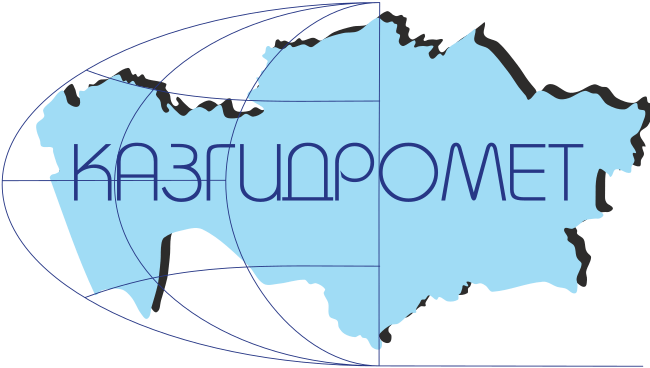IMPORTANCE OF LANDSCAPE DIVERSITY IN HYDROLOGY (ON THE EXAMPLE OF EAST KAZAKHSTAN REGION)
DOI:
https://doi.org/10.54668/2789-6323-2025-116-1-139-147Keywords:
landscape diversity, water regime, flow size, water content, flow variability, landscape hydrological system, uniqueness, relative richness, complexity indicesAbstract
The article examines the diversity of landscapes in terms of the importance of studying nature and ecosystems. In general, landscape diversity encompasses components of bio and ecosystems, affecting their stability and change. The use of geographic information systems (GIS) to assess landscape diversity helps to determine the quantitative and qualitative results of spatial and temporal changes in the natural environment. In addition, the article shows the relationship between landscape diversity and water bodies. This is because water resources play a key role in shaping landscapes, their structure and functions. The landscape diversity of the study area was assessed using a number of indices: uniqueness, relative richness, landscape mosaic, landscape complexity, landscape fragmentation and entropic dimension of landscape complexity (Shannon index). These indicators help identify areas of low geographic and hydrological potential using quantitative data obtained from them, and plan various preventive measures.
References
Tkachev, B.P. (2002). Functional foundations of spatial organization of geosystems: On the example of the drainless territories of the South of Western Siberia: dissertation ... Doctor of Geographical Sciences: 25.00.23.-Ishim, 308 p.
Sokolov A.S. (2014). Landscape diversity:theoretical foundations, approaches and methods of study //Geopolitics and ecogeodynamics of regions, Vol. 10, No. 1, pp. 208-213.
Tkachev B.P., Bulatov V.I. (2002). Small rivers: current state and environmental problems = Small rivers: state of the act and ecological problems: Analyte review/ SPSTL SB RAS. - Novosibirsk, 114 p.
Chernyh D.V. (2011). uantitative assessment of the complexity and diversity of the landscape cover of the Russian Altai // Proceedings of the Altai State University, No. 3-2, pp. 60-65.
Ozgeldinova O.Zh. (2020). «Theoretical foundations and research methods of landscape diversity », «SCIENCE AND EDUCATION», Nur-Sultan, pp.54.
Ly K., Metternicht G., Marshall L. (2019). Transboundary river catchment areas of developing countries: Potential and limitations of watershed models for the simulation of sediment and nutrient loads. A review, Journal of Hydrology: Regional Studies, Vol. 24, 100605.
Grodzinskij M.D. (2015). «Landscape diversity meters and indicators». Journal of Education, Health and Sport, No. 5, pp. 283–291.
Bratkov V.V., Idrisova R.A., Alsabekova A.A. (2009). The landscape diversity of the Chechen Republic // Bulletin of the North Caucasus State Technical University, Vol. 18, No. 1, pp. 34-39.
Kirilyuk O.K. (2012). Development of a network of protected areas in the region, taking into account modern environmental management problems // Problems of adaptation to climate change in Daurian river basins: environmental and water management aspects. Collection of scientific papers of the State Natural Biosphere Reserve "Daursky". Issue. 5.: Express publishing house, pp. 74-87.
Mayer A.L. (2019). Family forest owners and landscape-scale interactions: A review, Landscape and Urban Planning, Vol. 188, pp. 4–18.
National Atlas of the Republic of Kazakhstan (2010)/ edit. A. R. Medeu and others-Almaty, 115 p.
Downloads
Published
How to Cite
Issue
Section
License
Copyright (c) 2025 Hydrometeorology and ecology

This work is licensed under a Creative Commons Attribution-NonCommercial-NoDerivatives 4.0 International License.





